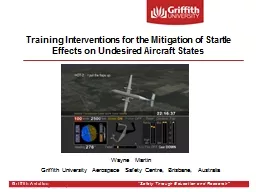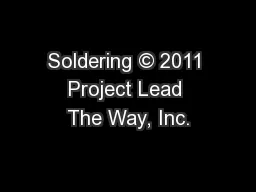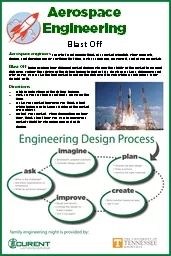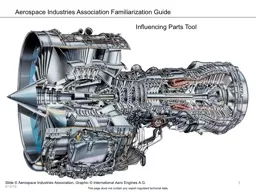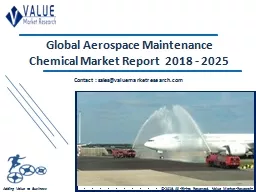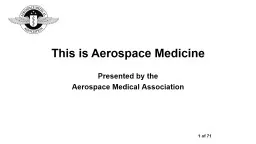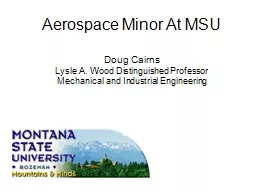PPT-Aerospace Materials © 2011 Project Lead The Way, Inc.
Author : tatyana-admore | Published Date : 2018-11-10
Aerospace Engineering Commonly Used Aerospace Materials Wood Steel Aluminum alloys Titanium alloys Magnesium alloys Nickel alloys Fiberreinforced composites Factors
Presentation Embed Code
Download Presentation
Download Presentation The PPT/PDF document "Aerospace Materials © 2011 Project Lead..." is the property of its rightful owner. Permission is granted to download and print the materials on this website for personal, non-commercial use only, and to display it on your personal computer provided you do not modify the materials and that you retain all copyright notices contained in the materials. By downloading content from our website, you accept the terms of this agreement.
Aerospace Materials © 2011 Project Lead The Way, Inc.: Transcript
Download Rules Of Document
"Aerospace Materials © 2011 Project Lead The Way, Inc."The content belongs to its owner. You may download and print it for personal use, without modification, and keep all copyright notices. By downloading, you agree to these terms.
Related Documents



